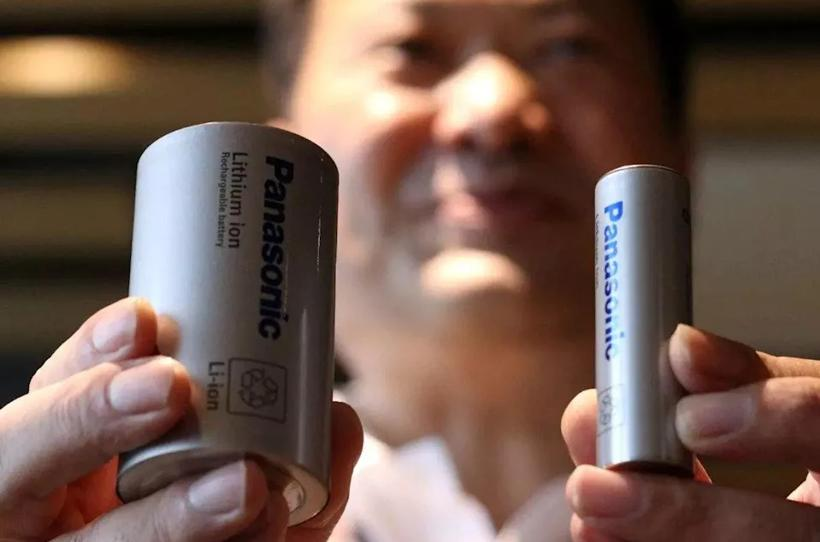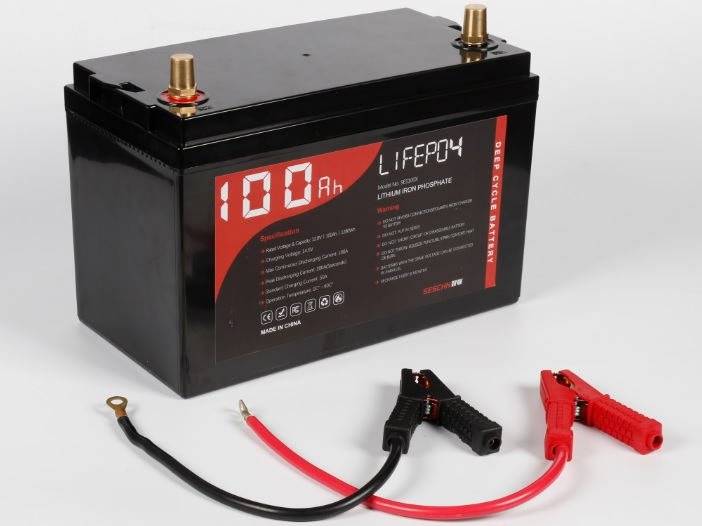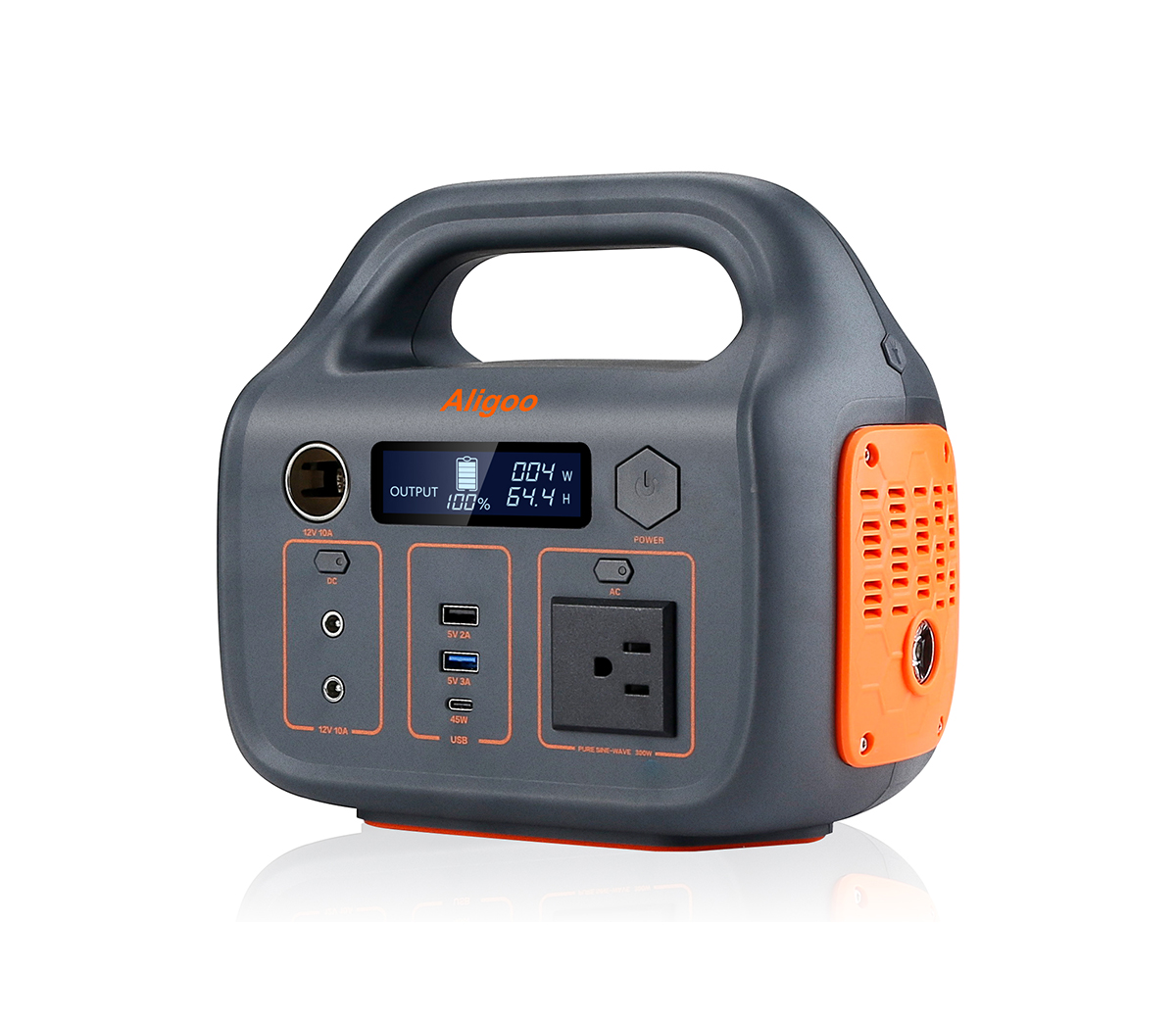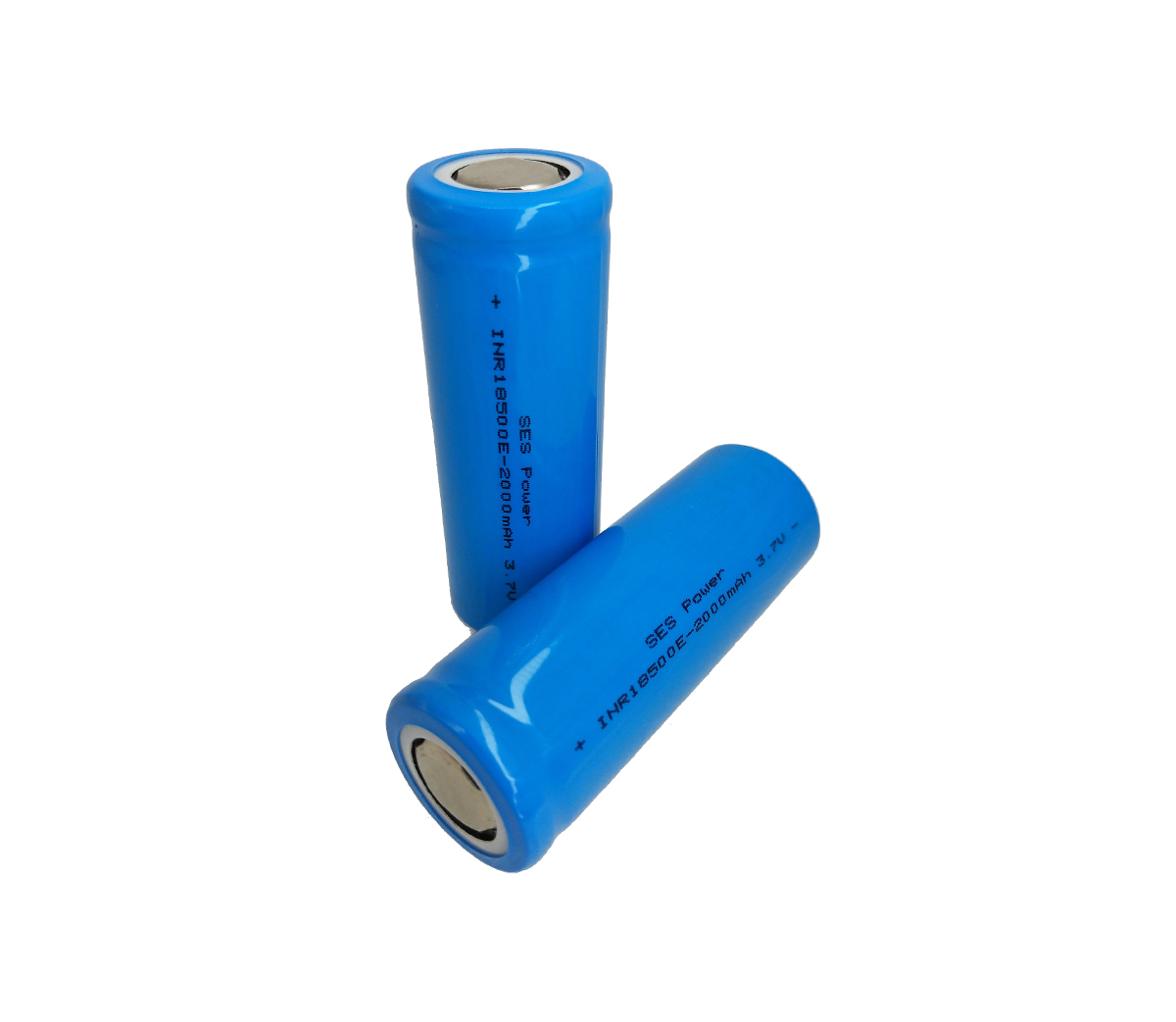The former overlord of lithium batteries, Panasonic released the 4680
model, which can reduce costs by 56%!
On October 25, at a media roundtable, Panasonic released the company's new
battery for the first time, the 4680 proto-type battery. The storage capacity of
this advanced battery is 5 times that of existing batteries. Each battery has a
rated capacity of 9,000 mA, which can increase the endurance of electric
vehicles by 16%.

According to Tesla's statement when it released the 4680 battery on
September 23, 2020, the 4680 battery will increase the cell capacity by 50%,
including cell process, packaging technology, battery raw material mining, and
chassis frame improvements. Measures will achieve a cost reduction of about
56%.
Panasonic is the world's largest lithium battery giant in the past. It can
be said to be the originator of lithium batteries. Whether it consumes lithium
batteries or power batteries, Panasonic is a well-deserved elder. Let's take a
look at its development process and current planning.
As early as 1994, Panasonic successfully developed rechargeable lithium
batteries. In the following 10 years, Panasonic has been firmly in the leading
position of lithium battery consumption. Japanese companies including Panasonic
and Sanyo have almost monopolized the global lithium battery market.
In 2008, Panasonic began to cooperate with Tesla in the field of power
batteries. With the rapid growth of Tesla's sales, Panasonic won the top spot in
power battery shipments. The global market share of Panasonic batteries was once
as high as 30%.
This pattern continued until 2017. With the outbreak of China’s new energy
market and the rapid rise of China’s power battery industry chain, Panasonic’s
power battery shipments were overtaken by CATL and ranked second; by 2020,
Panasonic was again LG Chemistry surpassed and fell to third.
In the first half of 2021, although Panasonic is still ranked third in the
global power battery usage rankings, its market share is only 15%, while the
first-ranked CATL reached 29.9%, and the second-ranked LG New Energy also has
24.5%.
On the technical route, Panasonic is still unwilling to develop lithium
iron phosphate batteries; in terms of packaging, Panasonic intends to produce
prismatic batteries, but the output is small.
In terms of production capacity, Panasonic currently has three main
production bases located in the United States, Japan and China. In the United
States is a joint venture between Panasonic and Tesla. The current capacity is
estimated at 39GWh, and there is no further expansion plan; the factory in Japan
has a capacity of 10GWh, and there is currently no further expansion plan; the
current capacity of the factory in Dalian, China It is 5GWh and plans to expand
to 20GWh by 2023.
From the perspective of corporate background, Panasonic belongs to the
Sumitomo system, the third largest consortium in Japan. The most notable thing
is that Panasonic’s battery business accounts for only about 9% of the group’s
overall revenue, and its profit contribution is only about 1%. Therefore, the
consortium behind the Panasonic battery is not active in its capacity
expansion.
In terms of customers, Panasonic has been solely supplying Tesla before,
and the willingness to develop customers is conservative. Although it is ranked
first in the world by the needs of Tesla's family, the single customer structure
is also a hidden danger.
Since 2020, Tesla has successively introduced LG New Energy and CATL.
Panasonic’s share in Tesla has gradually been eroded. When Tesla’s share has
been reduced, no other customers have made up for the lost market share.
Of course, Panasonic is also actively seeking change. Cooperating with
Toyota to build a factory and produce prismatic batteries is an example.
Expanding more customers is intended to increase market share.
According to news on October 27, Panasonic will supply batteries to Canoo,
an emerging pure electric vehicle (EV) company in the United States, starting in
2022. It is understood that the two parties reached a supply agreement on
October 26, Panasonic will continue to provide Canoo with cylindrical batteries
used by Tesla for several years. The specific supply volume has not been
announced. Canoo will install the battery in the "Lifestyle Vehicle" electric
MPV that is scheduled to be launched in Europe and the United States in 2022. In
addition, it is understood that a small number of models of manufacturers such
as Ford, Volkswagen, Toyota, and Mercedes-Benz have also used Panasonic
batteries. The cooperation between Panasonic and Apple is of course also
possible.

Lithium-ion battery (LIB) has become the main energy storage solution in
modern social life. Among them, lithium iron phosphate batteries are a perfect
substitute for lead-acid batteries, and are the first choice for grid-connected
peak shaving, off-grid energy storage, photovoltaic energy storage, UPS, data
center and other industries.




































